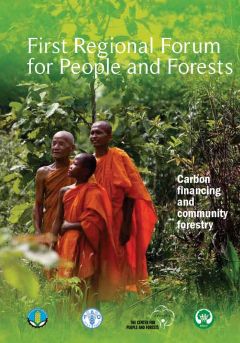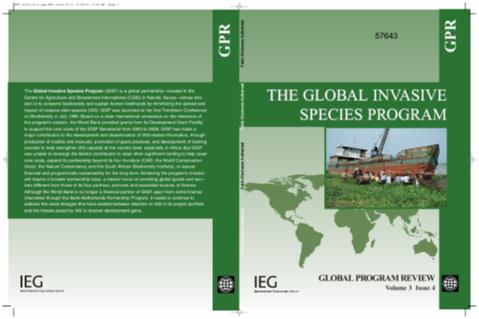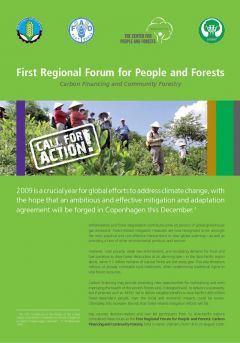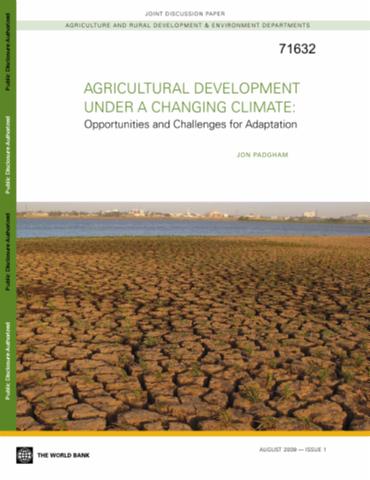People's Republic of China Forestry Outlook Study
Developments in China will have substantial impacts on forestry in the rest of the region. This wide-ranging country outlook study discusses a host of topics including prospects for China's afforestation/reforestation efforts, supply and demand for forest products and ecological services, key drivers of change, impacts of globalization, policy developments, and social objectives of forestry.










